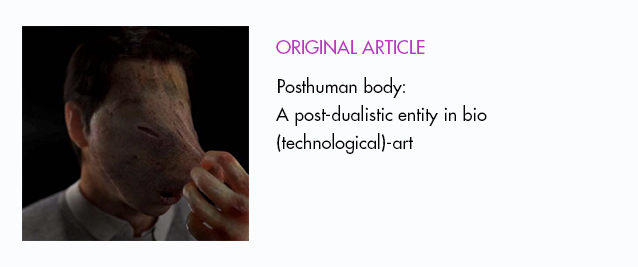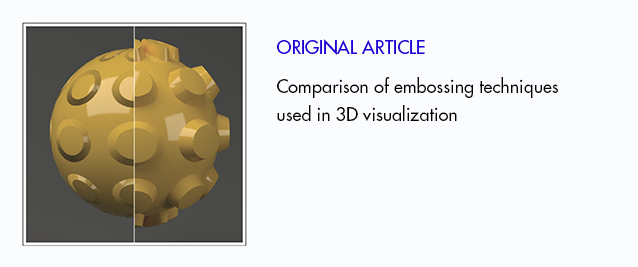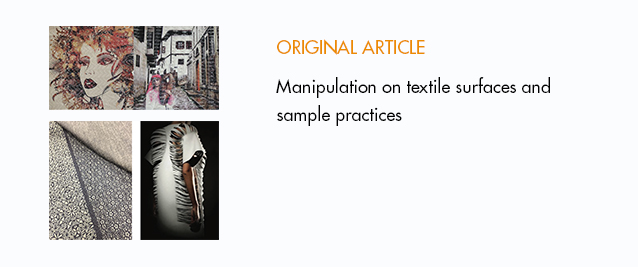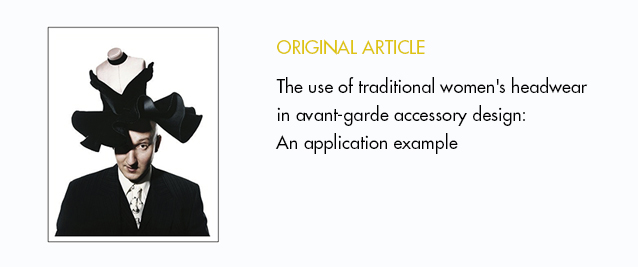Abstract
20th. Century is the century in which people lived through havocs because of war and the field of art broke its connection with the past. Therefore after all these great havocs for people and the art, there was a process of reconstructing life and art on one hand and make up the gap between them. Considering in general sense, it is observed that the thought of design gained a sound ground, artists maintained more internal and reactive attitude, the field of art lived various fractions and the perception of art altered. The holy of the art, good, beautiful etc. this process, which is going to get rid of all the definitions and that art can be anything - but it can be at all - is also included in the daily life of the artist, the fact that all the things that are good and bad affect the societies, it also allows the user to use the power without any material. These developments, which will lead to an increase in interdisciplinary interaction, can undoubtedly be regarded as a big step that cannot be predicted. This big step allows each discipline in the art field to change and therefore change, and to show that it is clear that a new language of expression can exist for both artists and art. In this study, the change in the field of art after the First World War was analyzed, the assertion of Marcel Duchamp‟s “not being an art” through his prompt – objects and expressions, the process of ceramic art in the triangle of handcraft – art – industry was also analyzed on one hand, while general attitude of art disciplines at the point of “being art” or “not being art” was analyzed on the other and it was discussed whether the perspective towards field of ceramic drift away from specific pattern.
Yirminci yüzyıl hem savaşlar dolayısıyla yıkımların hem de sanat alanının geçmişle bağlarını kopardığı yüzyıldır. Toplumlar ve sanat alanı için yaşanılan bu büyük yıkımlardan sonra, bir yandan hayatı ve sanatı yeniden inşa etme bir yandan da aralarındaki mesafeyi kapatma süreci söz konusudur. Genel hatları ile ele alındığında; tasarım düşüncesinin sağlam bir yer edindiği, sanatçıların daha içsel ve tepkisel bir tutum takındığı, sanat alanında birçok kırılmanın yaşandığı ve sanat algısının değiştiği görülmektedir. Sanatın kutsal, iyi, güzel vb. tüm tanımlamalarından kurtulmaya başladığı ve sanatın her şey olabileceği –hatta hiç olabileceği - noktasına gelecek olan bu süreç sanatçının da günlük hayatın tam da içinde yer alması, toplumları etkileyen iyi ve kötü tüm olayları birebir yaşıyor olması, sanatın bu gerçekliğin içinde var olmasına ve elindeki tüm anlatım gücünü malzeme fark etmeksizin kullanmasına da olanak sağlamaktadır. Disiplinler arası etkileşimin de artmasına neden olacak bu gelişmeler, kuşkusuz sonuçları önceden kestirilmesi mümkün olmayan büyük bir adım olarak değerlendirilebilir. Bu büyük adım sanat alanındaki her disiplinin kabuk değiştirmesine ve dolayısıyla yenilenmesine, gelişmesine olanak tanımakta ve hem sanatçı hem de sanat adına yeni bir anlatım dilinin var olabileceğini en net şekliyle göstermektedir. Bu çalışmada, Birinci Dünya Savaşından sonra sanat alanında yaşanılan değişim, Marcel Duchamp‟ ın hazır –nesneleri ve söylemleri üzerinden “sanat olmamak” iddiası, seramik sanatının zanaat –sanat – endüstri üçgeninde geçirdiği süreç ele alınırken, diğer yandan tüm bu akış içerisinde gerek tasarım düşüncesi gerekse sanat algısı açısından bakıldığında, “sanat olmak” ya da “sanat olmamak” noktasında sanat disiplinlerinin genel tutumu ve seramik sanatına bakışın belli kalıplardan kurtulup kurtulamadığı irdelenmektedir.

















